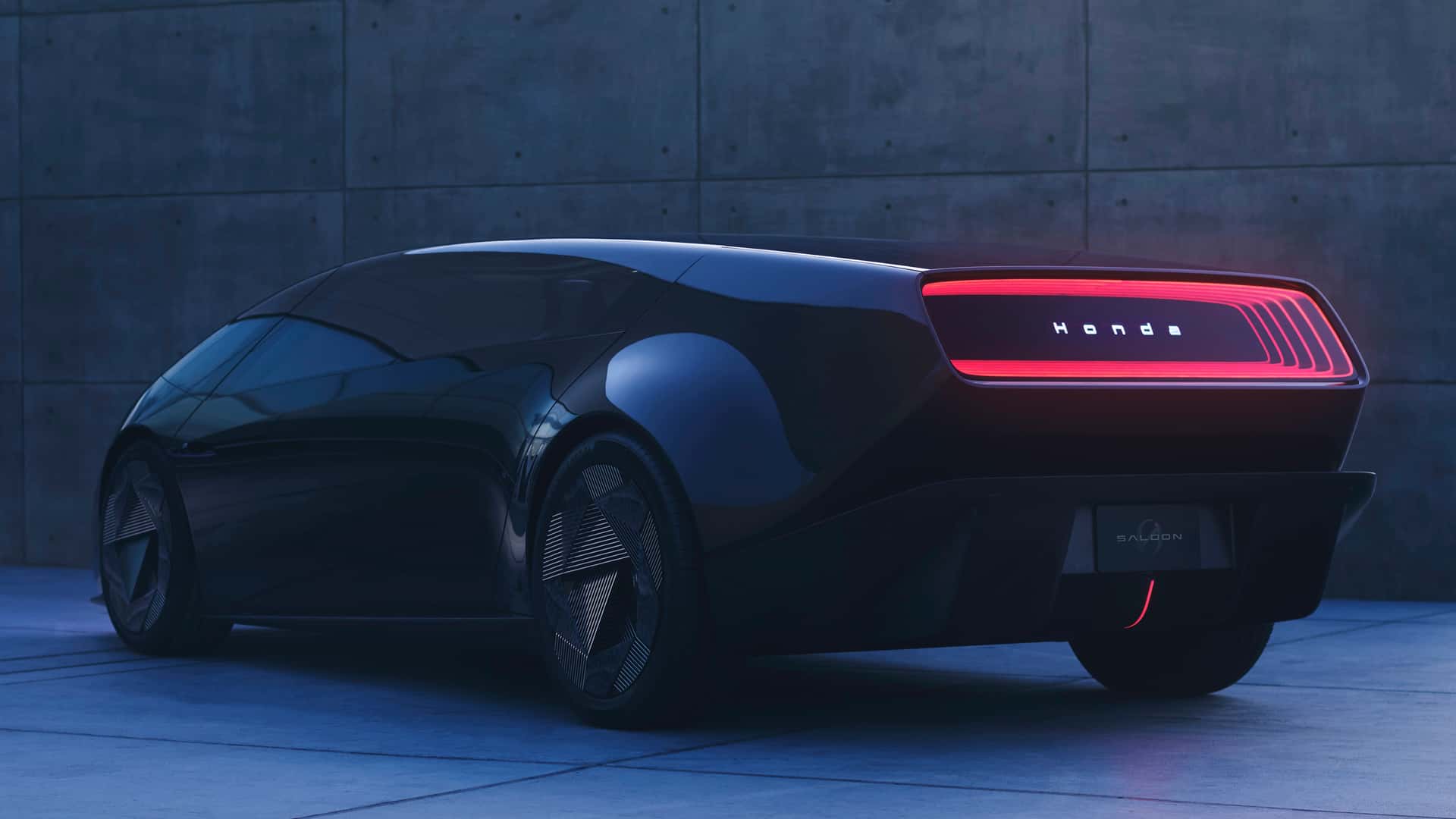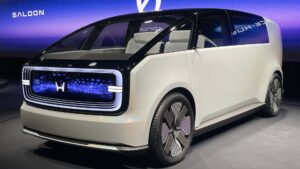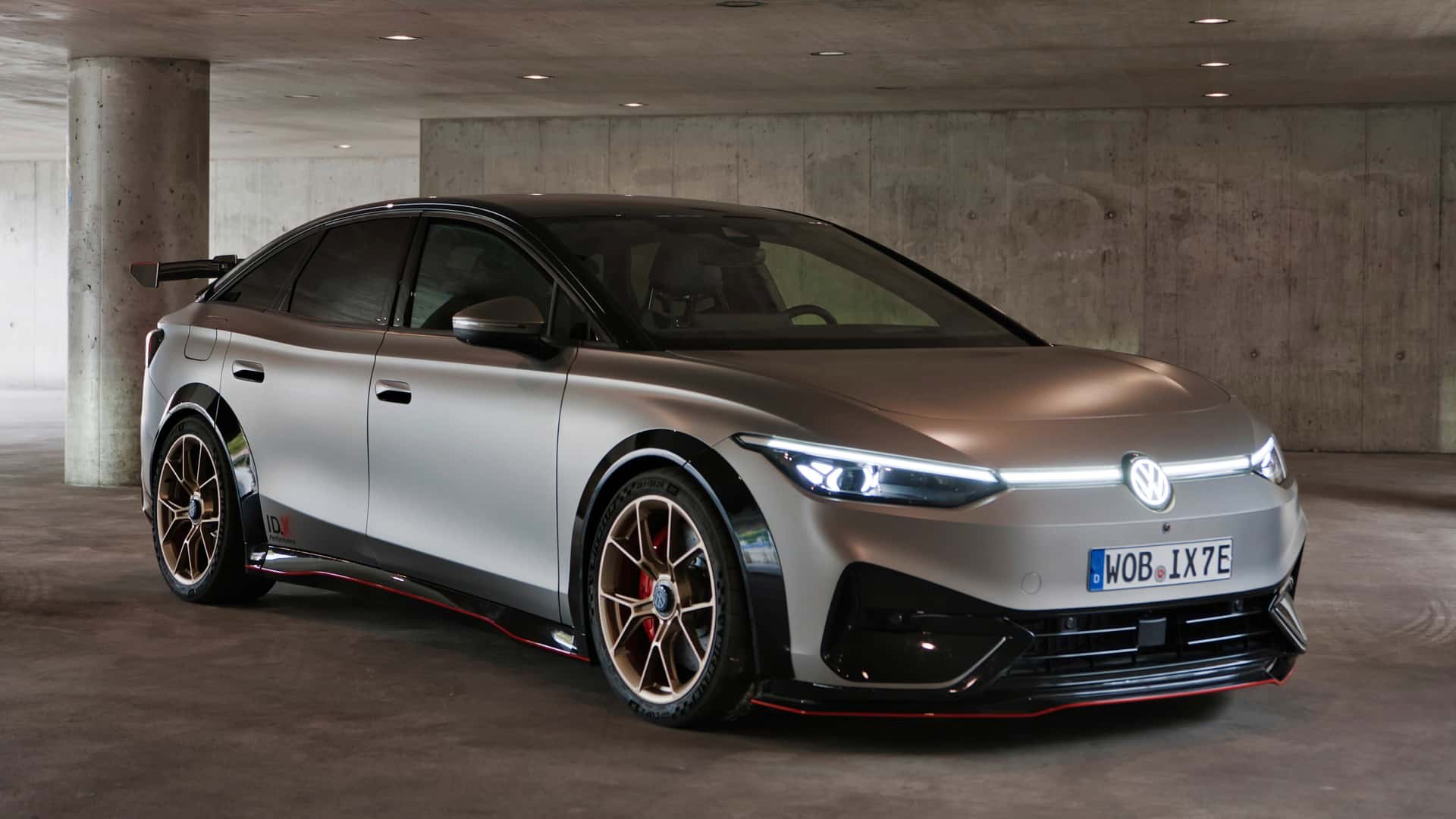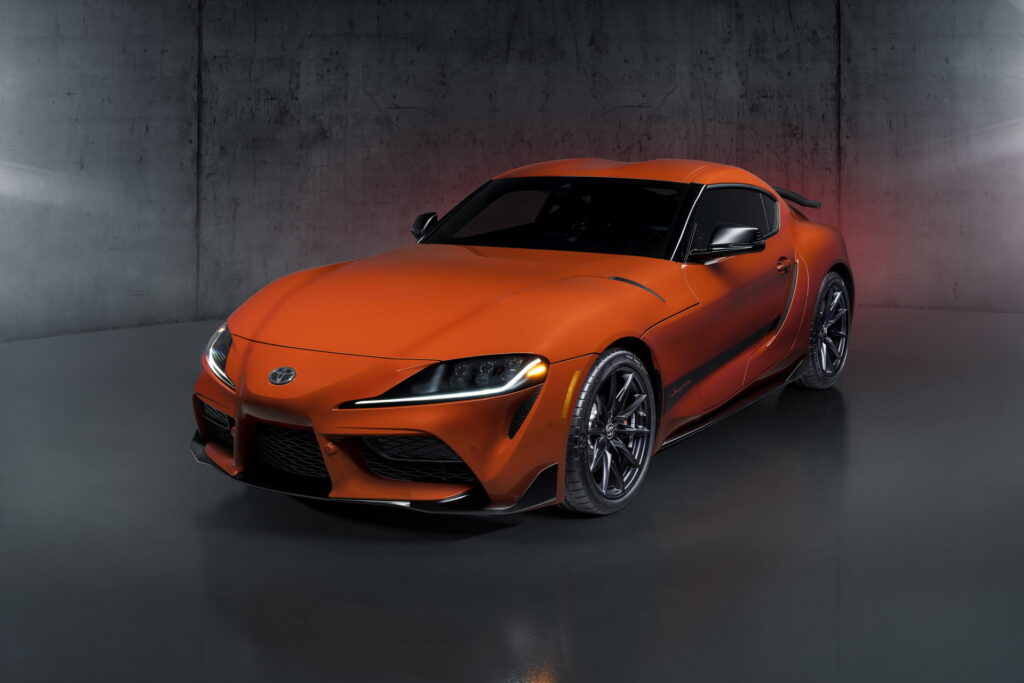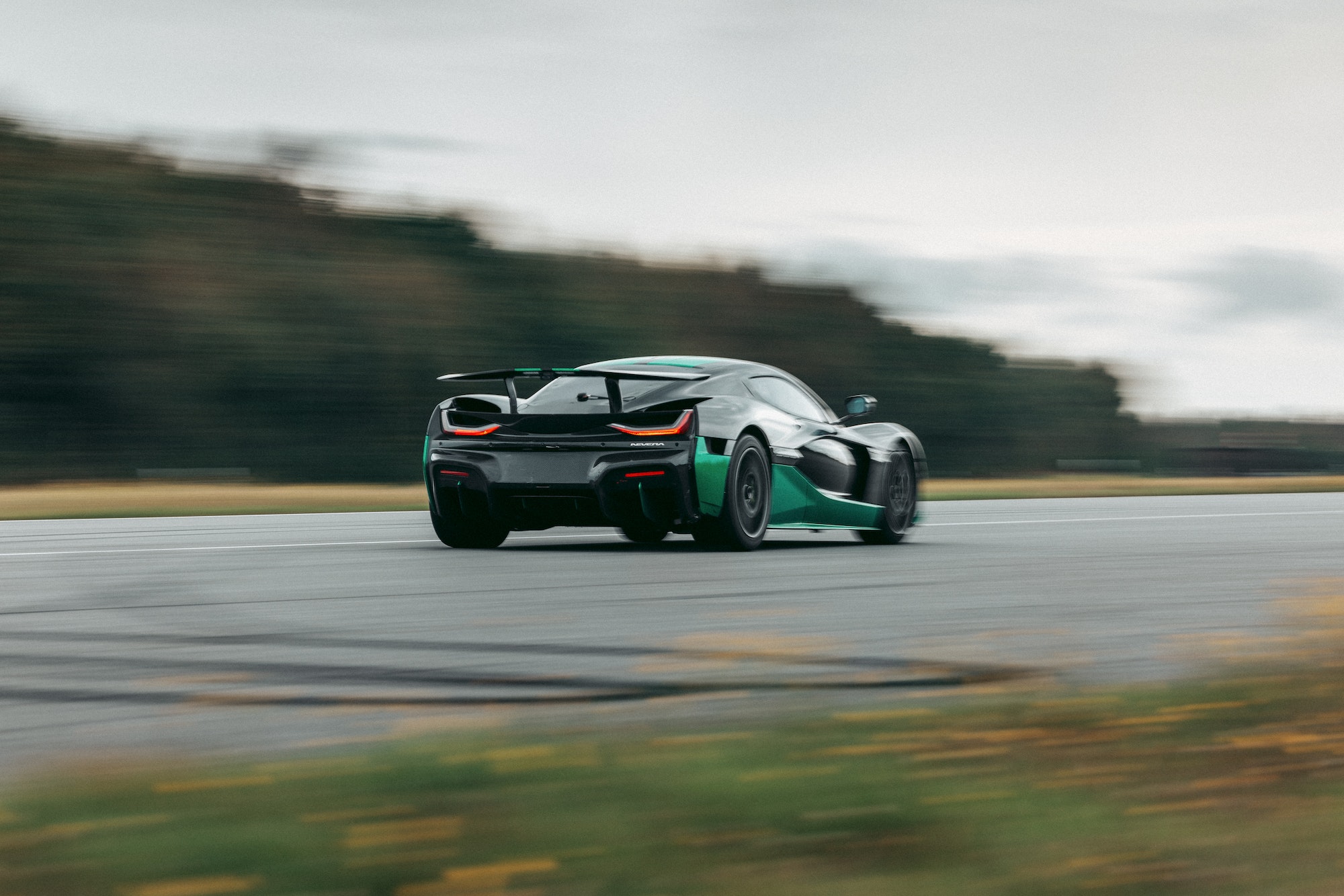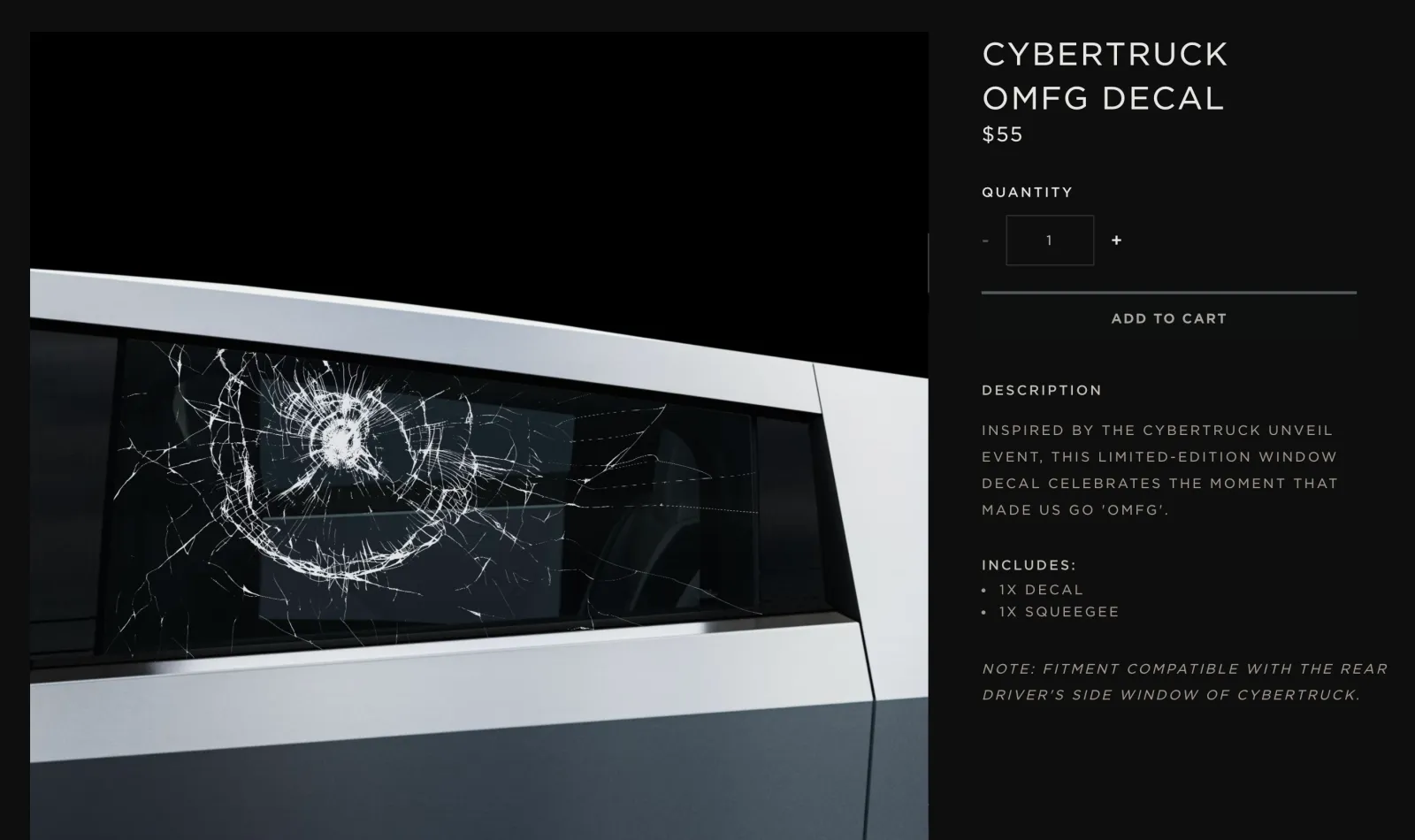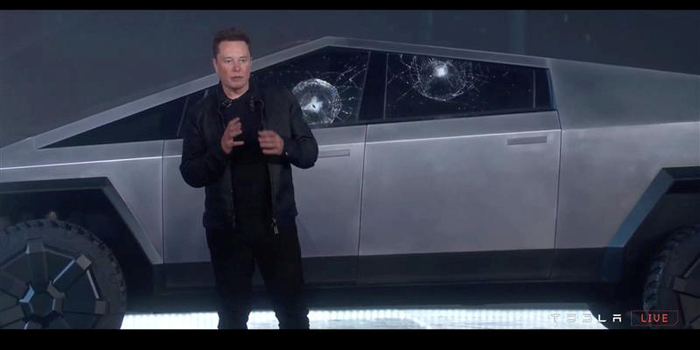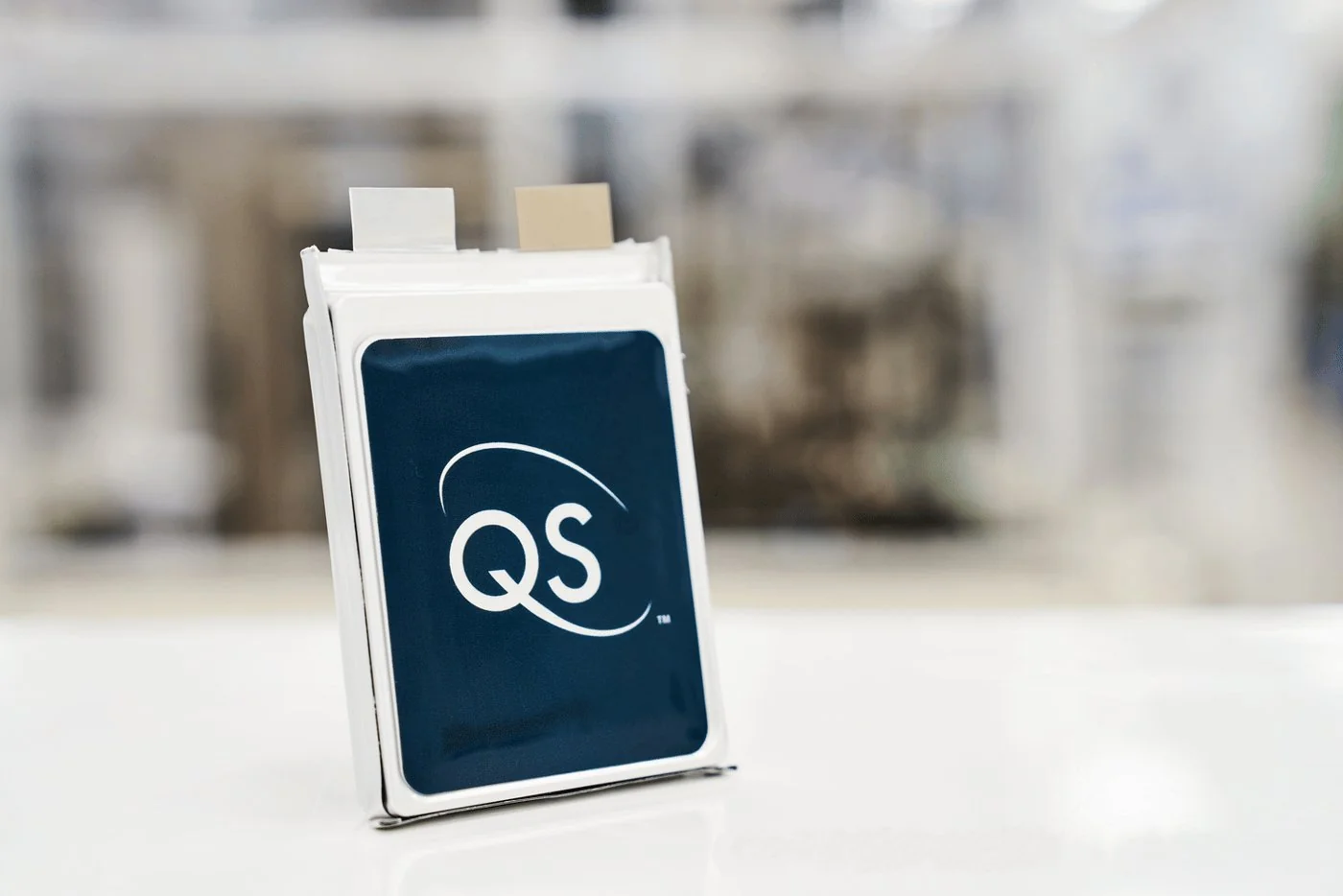Honda has unveiled its “Honda 0 Series,” a forthcoming global electric vehicle (EV) series scheduled to debut in 2026. The series will kick off with two concept models, the Saloon and Space-Hub, showcased at CES 2024. These concept models provide a glimpse into Honda’s new design and engineering approach, emphasising thin, light, and wise principles, aimed at overcoming traditional constraints in battery electric vehicles.

The Saloon, positioned as the flagship model, is built on a dedicated EV platform, featuring a low and wide exterior design complemented by a surprisingly spacious interior. Sustainability is at the forefront, with the use of eco-friendly materials both inside and outside the vehicle. The Saloon introduces advancements in steer-by-wire and motion control management systems, leveraging Honda’s expertise in robotics. Notably, it incorporates posture control to assist drivers in various situations, aligning with the “joy of driving” in the EV era. Honda plans to bring a production vehicle based on the Saloon concept to the North American market in 2026.
The Space-Hub, designed around the theme of “augmenting people’s daily lives,” prioritises a spacious cabin and excellent visibility. Following the “Thin, Light, and Wise” development approach, the Space-Hub offers a versatile interior that can accommodate various passengers, functioning as a “hub” connecting people and the external environment.

Honda has introduced a new H mark logo exclusively for its next-generation EV models. This logo, representing two outstretched hands, signifies Honda’s commitment to transformation and ongoing pursuit of challenges and advancements. The logo will be featured on future Honda EVs, including models from the Honda 0 Series.
The Honda 0 Series embodies a fresh approach to EV development, guided by three core principles: Thin, Light, and Wise. These principles aim to challenge conventional limitations in battery electric vehicles and build upon Honda’s long-standing engineering philosophies, such as “M/M” (man maximum/machine minimum). Key aspects of the Honda 0 Series will include a dedicated thin EV platform for aerodynamic performance, software-defined mobility products for an intelligent user experience, advancements in design, automated driving, connected technologies, performance, and battery efficiency.

The series will introduce a new design philosophy called “The Art of Resonance,” emphasising harmony among the environment, society, and users through sustainable materials and emotionally resonant design. Honda 0 Series models will feature an advanced driver-assistive system (ADAS) based on Honda SENSING Elite technologies, with plans to introduce the next generation of automated driving features in the late 2020s. The new AD system, developed around a “human-centric” safety concept, incorporates advanced AI, sensing, recognition, and driver monitoring technologies for human-like, natural, and high-precision risk predictions.
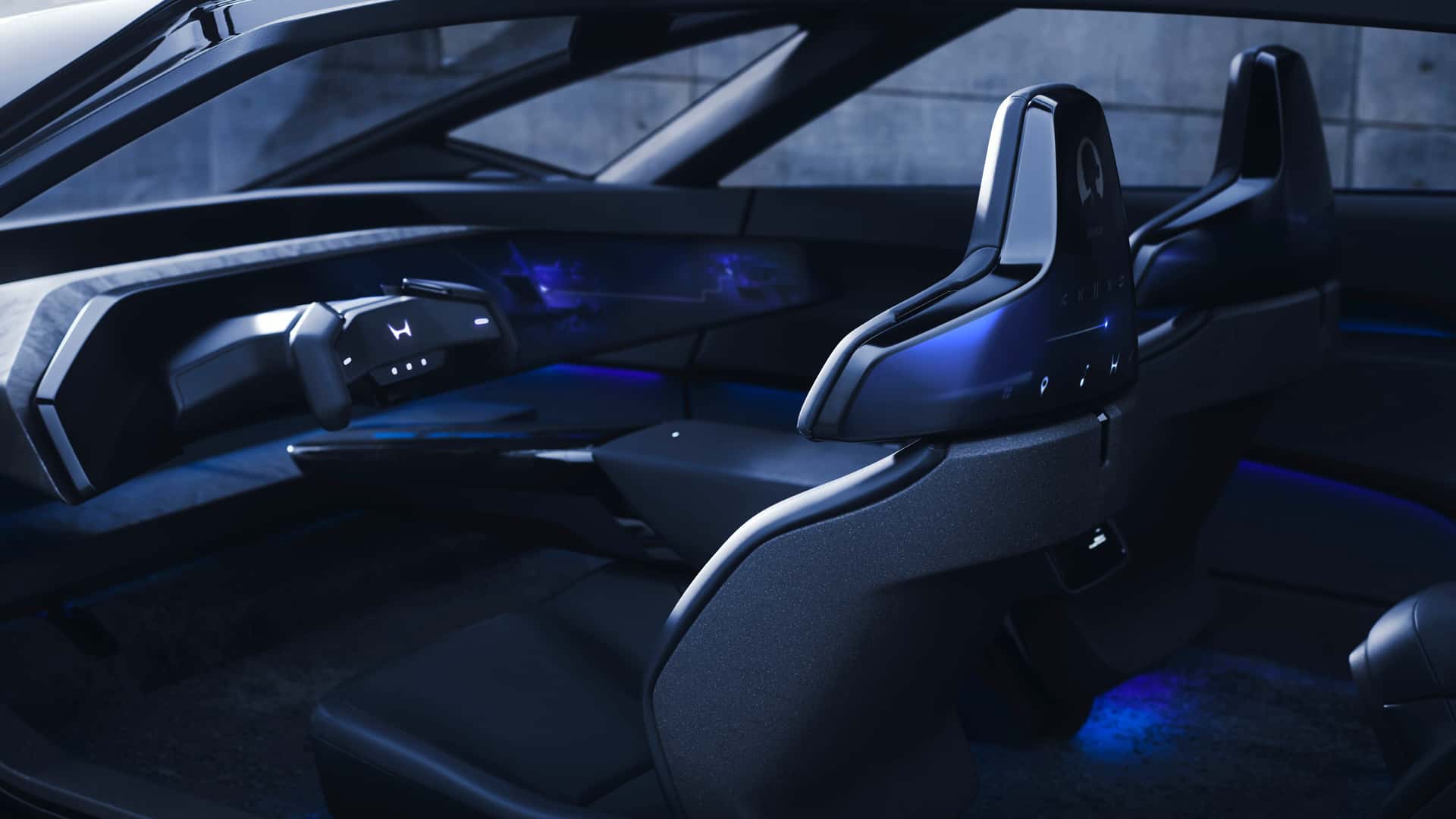
Honda is also developing an original operating system for Honda 0 Series models, leveraging AI and driver data to learn user preferences and behaviours. The system will enhance the ownership experience by making suggestions and providing information about the surroundings, route guidance for the “last mile,” and continuous value addition based on user behaviour.
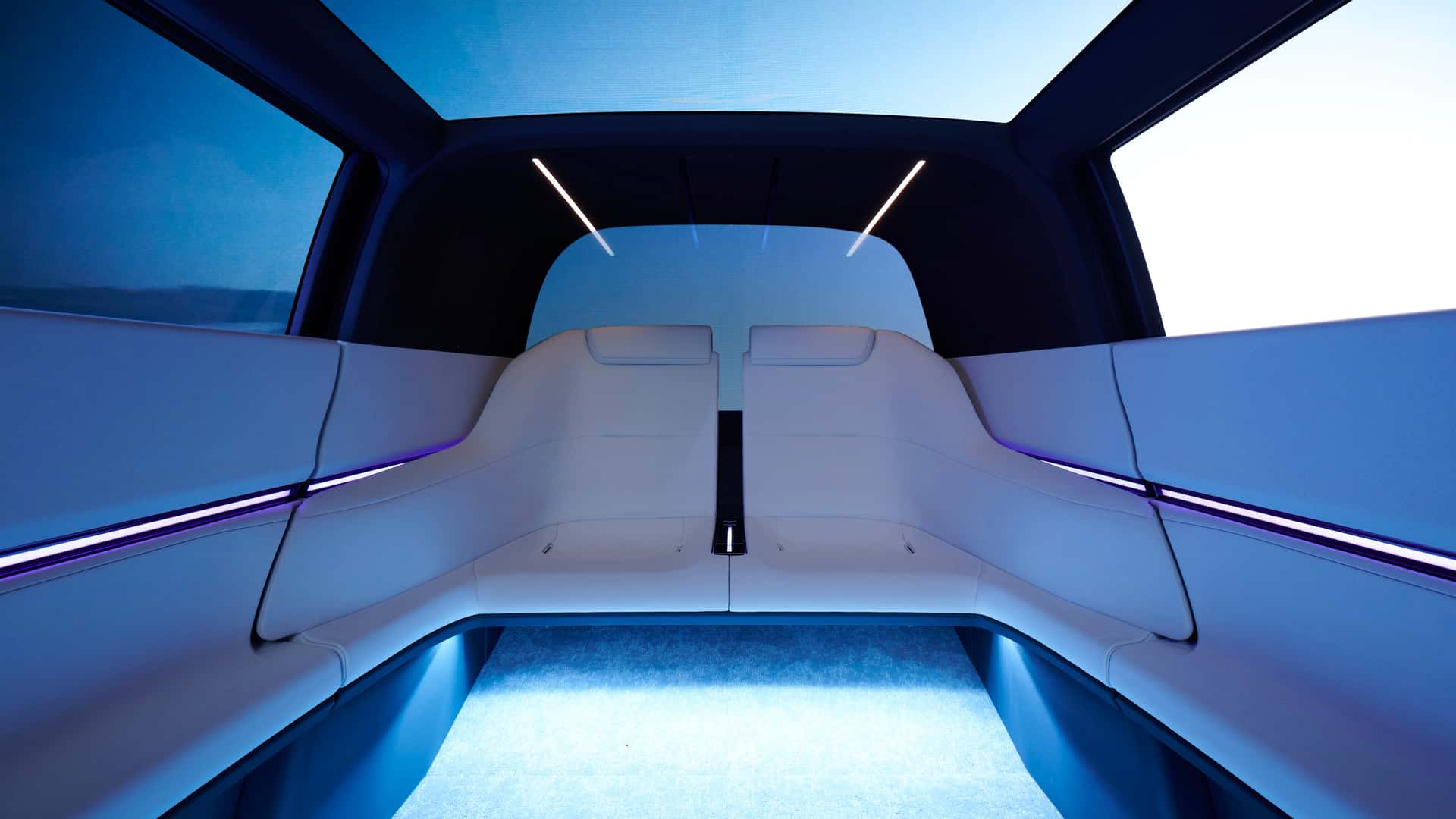
The Honda 0 Series aims to deliver a sporty driving experience with electrification and performance technologies derived from Honda’s motorsports experience, including Formula 1 racing. The series will feature e-Axles for power and efficiency, advanced aerodynamic technologies, and a high-density battery offering ample range while minimising size. To address concerns about charging time and battery degradation, Honda 0 Series models launching in the late 2020s will offer fast-charging reduced to about 10-15 minutes from 15% to 80% battery capacity. Additionally, Honda aims to minimise battery degradation to less than 10% after 10 years of use through advanced battery system control technology.





